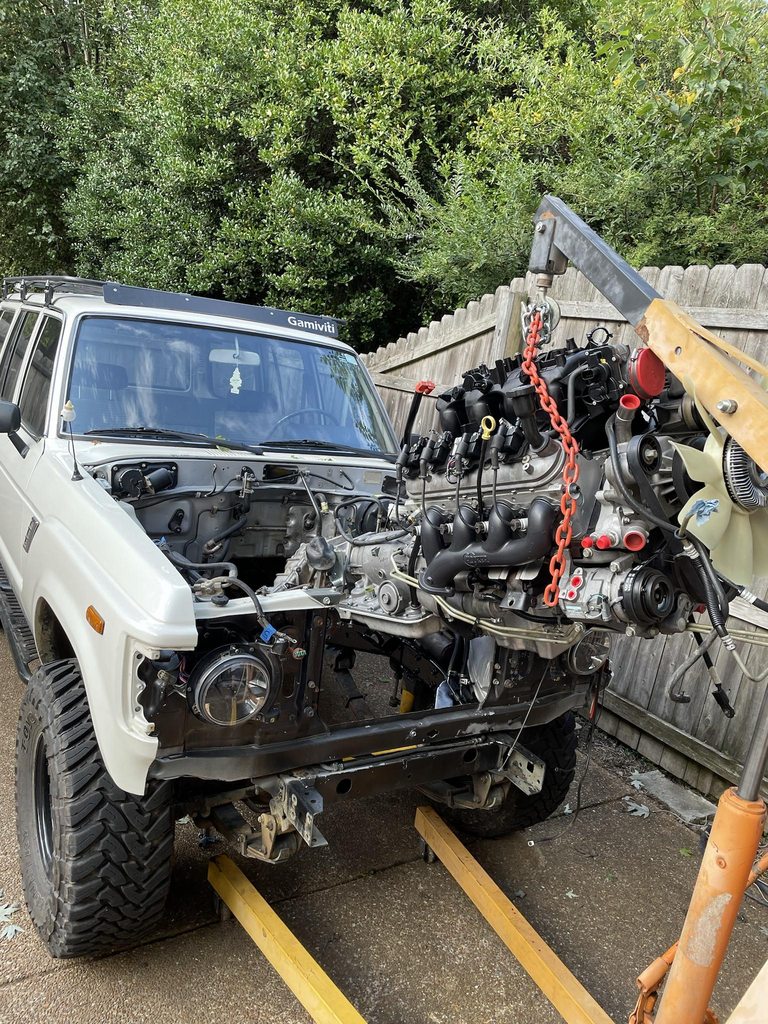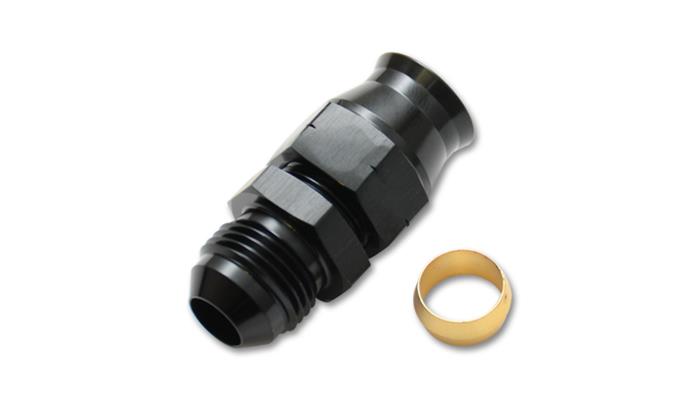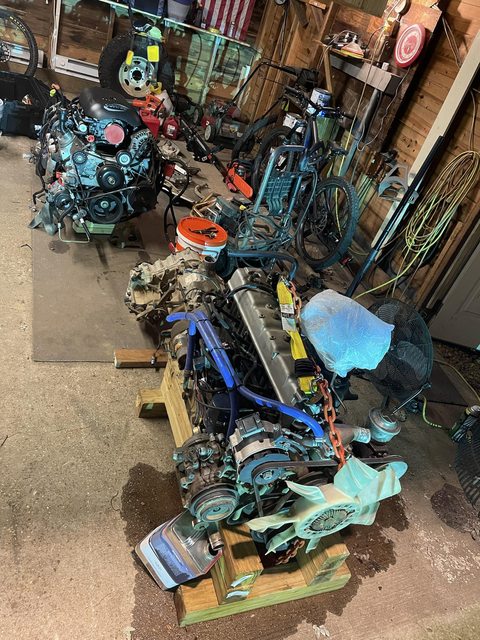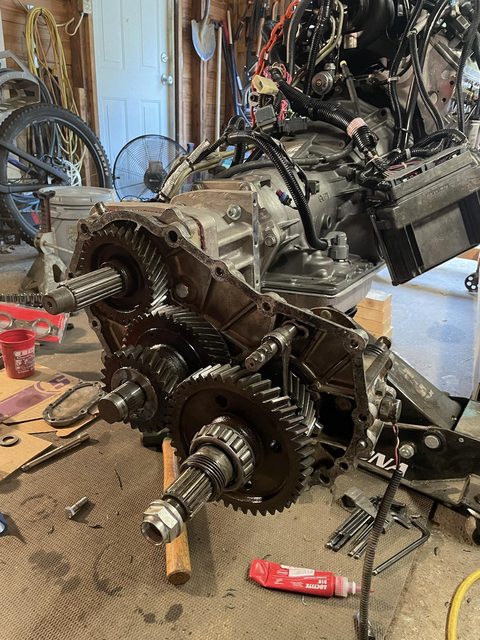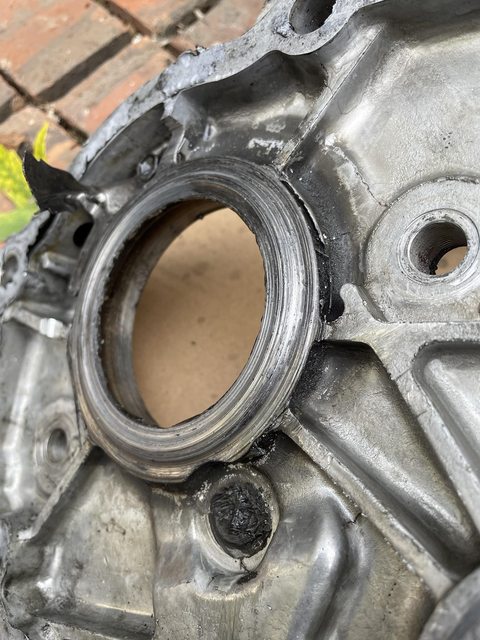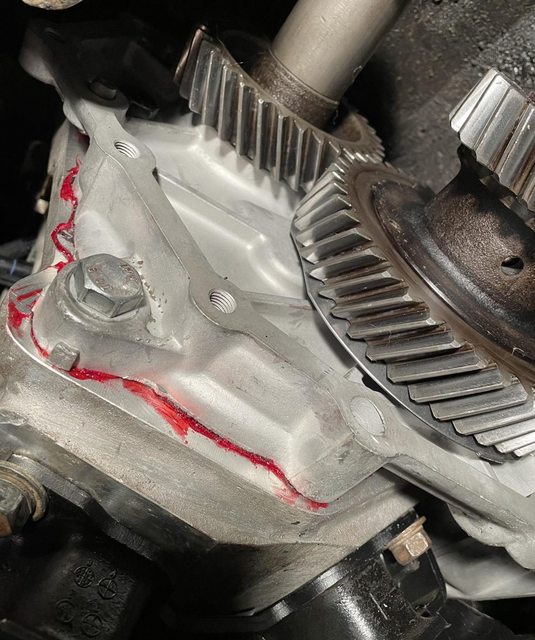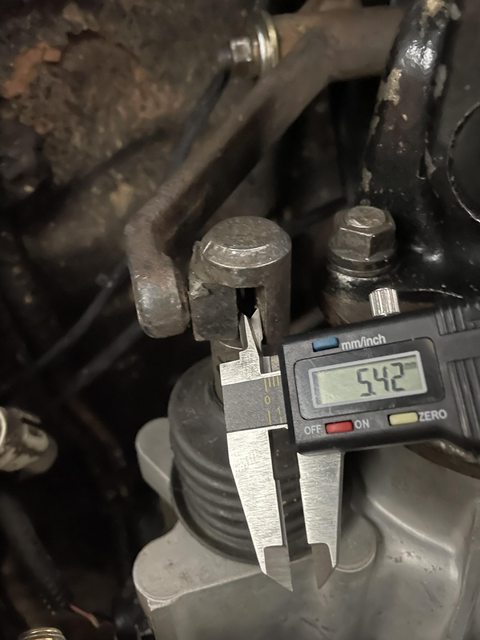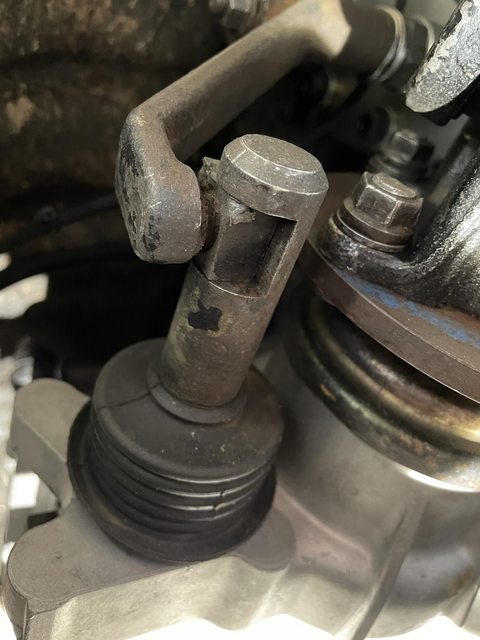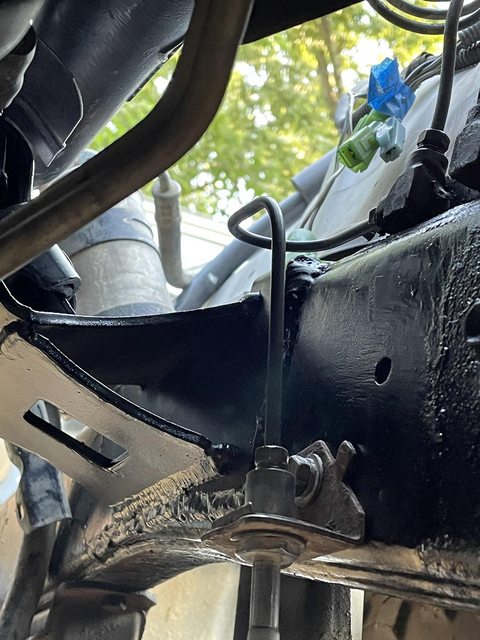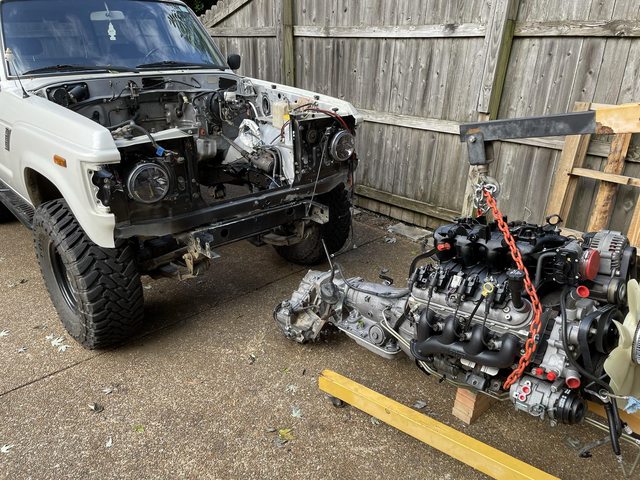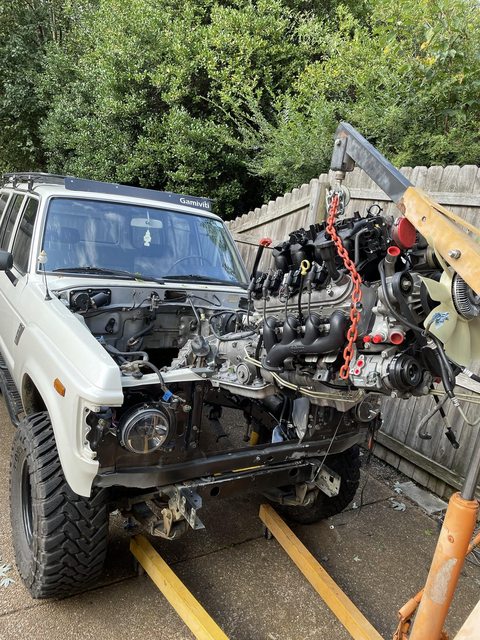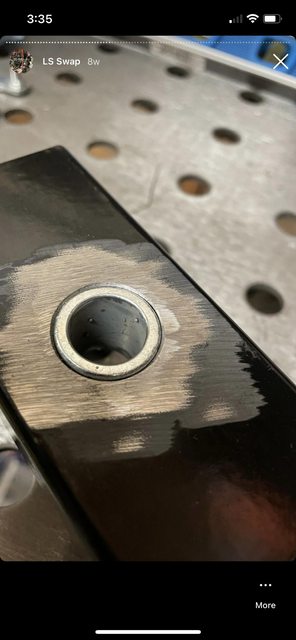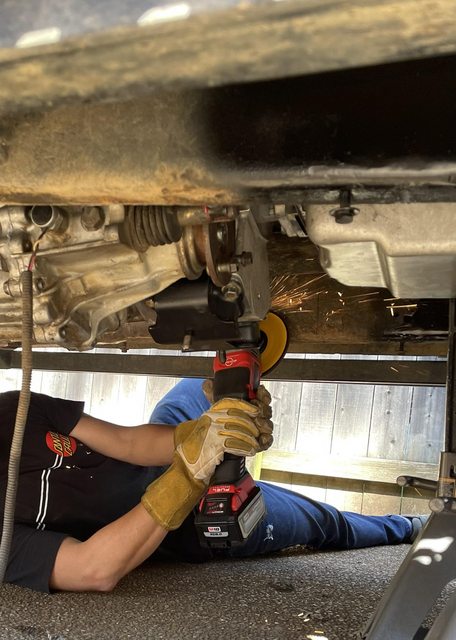This thread looks like a lot, but you can totally do this. I have total faith in you!
I've been meaning to do this for a while now. I havent really seen any how to guides or anything online and this one isnt going to be absurdly thorough or anything but will get you onto the right track. If i forget something, ill do my best to go back and edit it and add what i forgot. This is just meant to be something to read and show you that its possible and you can totally do it. I honestly think that if you can work a floor jack, and can change a radiator out you can do a LS Swap on your 60. The most specialist knowledge youll need is to do very very basic mig welding. Ive been around guys doing it to miatas, 240sx, and other smaller cars and compared to that, the 60 is cake. Ill try and include ways to make this as easy as humanly possible for you, and offer a few examples for parts based on pricing, and basic fabrication level involved. This swap is really really simple, its just a lot of work. This thread is aimed at normal people doing this swap on their own and not "master mechanic" types, so the explanations will be simplified and (hopefully) thorough.
This will be a table of contents, each hyperlinked text below will quick jump you to a different step in your potential swap. That way you dont have to go digging through a bunch of posts to find what you are looking for:
-Engine differences, where do you start, what to look for?
-Bought an engine. Now what? What to do before you pull your 2f or 3fe
-Pulling your old motor out and installing adapter and transfer case to new trans (4l60e)
-Transfer Case option for 4l60e Transmission
-Engine bay prep and installing your new motor into your cruiser
-Transmission Crossmember
-Heater Hoses
-Radiator and Hoses
-Transmission lines, Power Steering Lines and External Coolers
-Fuel System and Brake booster Vacuum
-Intake Ideas
-HVAC/AC Hoses
-Transmission and T-Case Shifters
-Wiring Part 1. Ideas, Tools, Harnesses, etc.
-Wiring Part 2. Gas Pedal
-Wiring Part 3. Wire Harness prep, Initial installation, measuring lines, computer/fuse/tac module mounting, loom
--------Wiring Part 3. Neutral Safety Switch, and reverse lights
-Wiring Part 4. Standalone harness final installation
-Wiring Part 5. Wiring Resources. FSM. Wiring Diagrams. Helpful Videos
- Cruise control ideas .
-.
-Driveshafts and 4l60e transmission pan clearance
-Exhaust part 1. Ideas, parts, tools, planning
-Exhaust part 2. Welding it up and routing
-Finishing up, Topping off Fluids, Exhaust Heat management, troubleshooting, dyno tune
-DONT FORGET THE BOLT CHECK!
-Closing, planning and mindset, keeping your swap rolling smoothly during the build
-Notes on Aluminum radiators and electrolysis
-OEM Option for LS Swap radiators. No need to buy overpriced aluminum radiators
If you have anything to add to any of the posts, let me know and i will add it to which ever post it pertains to, and quote your addition including any photos or links youd like to share.
This swap will focus mostly on gen3 motors and the 4l60e transmission for now, please feel free to add anything for other transmissions and Gen4 stuff and ill add it to the thread. Besides wiring, the gen3 and gen4 swaps should be pretty similar. For those of you who have already done this swap In the past, feel free to add anything you ran into along the way and ill add it along.
Please keep in mind, i just did this swap in my driveway, and I am by no means an expert, nor am I claiming to be. I am still learning every day about stuff. A buddy of mine who has done about 15 LS Swaps in a plethora of different vehicles still claims to not be an expert. This is just a space for folks to learn about stuff. If im wrong on something, please call me on it so i can fix the post. Also im not really the best writer out there so if my writing is hard to follow in spots or if i get rambling just message me if you need some clarification on anything.
Hey! This post has made it into the FJ60 FAQ!
Since its 2022 now i guess this has to be posted... but these are just suggestions and not qualified advise, do at your own risk, for offroad use only, filmed on location in Mexico.
I've been meaning to do this for a while now. I havent really seen any how to guides or anything online and this one isnt going to be absurdly thorough or anything but will get you onto the right track. If i forget something, ill do my best to go back and edit it and add what i forgot. This is just meant to be something to read and show you that its possible and you can totally do it. I honestly think that if you can work a floor jack, and can change a radiator out you can do a LS Swap on your 60. The most specialist knowledge youll need is to do very very basic mig welding. Ive been around guys doing it to miatas, 240sx, and other smaller cars and compared to that, the 60 is cake. Ill try and include ways to make this as easy as humanly possible for you, and offer a few examples for parts based on pricing, and basic fabrication level involved. This swap is really really simple, its just a lot of work. This thread is aimed at normal people doing this swap on their own and not "master mechanic" types, so the explanations will be simplified and (hopefully) thorough.
This will be a table of contents, each hyperlinked text below will quick jump you to a different step in your potential swap. That way you dont have to go digging through a bunch of posts to find what you are looking for:
-Engine differences, where do you start, what to look for?
-Bought an engine. Now what? What to do before you pull your 2f or 3fe
-Pulling your old motor out and installing adapter and transfer case to new trans (4l60e)
-Transfer Case option for 4l60e Transmission
-Engine bay prep and installing your new motor into your cruiser
-Transmission Crossmember
-Heater Hoses
-Radiator and Hoses
-Transmission lines, Power Steering Lines and External Coolers
-Fuel System and Brake booster Vacuum
-Intake Ideas
-HVAC/AC Hoses
-Transmission and T-Case Shifters
-Wiring Part 1. Ideas, Tools, Harnesses, etc.
-Wiring Part 2. Gas Pedal
-Wiring Part 3. Wire Harness prep, Initial installation, measuring lines, computer/fuse/tac module mounting, loom
--------Wiring Part 3. Neutral Safety Switch, and reverse lights
-Wiring Part 4. Standalone harness final installation
-Wiring Part 5. Wiring Resources. FSM. Wiring Diagrams. Helpful Videos
- Cruise control ideas .
-.
-Driveshafts and 4l60e transmission pan clearance
-Exhaust part 1. Ideas, parts, tools, planning
-Exhaust part 2. Welding it up and routing
-Finishing up, Topping off Fluids, Exhaust Heat management, troubleshooting, dyno tune
-DONT FORGET THE BOLT CHECK!
-Closing, planning and mindset, keeping your swap rolling smoothly during the build
-Notes on Aluminum radiators and electrolysis
-OEM Option for LS Swap radiators. No need to buy overpriced aluminum radiators
If you have anything to add to any of the posts, let me know and i will add it to which ever post it pertains to, and quote your addition including any photos or links youd like to share.
This swap will focus mostly on gen3 motors and the 4l60e transmission for now, please feel free to add anything for other transmissions and Gen4 stuff and ill add it to the thread. Besides wiring, the gen3 and gen4 swaps should be pretty similar. For those of you who have already done this swap In the past, feel free to add anything you ran into along the way and ill add it along.
Please keep in mind, i just did this swap in my driveway, and I am by no means an expert, nor am I claiming to be. I am still learning every day about stuff. A buddy of mine who has done about 15 LS Swaps in a plethora of different vehicles still claims to not be an expert. This is just a space for folks to learn about stuff. If im wrong on something, please call me on it so i can fix the post. Also im not really the best writer out there so if my writing is hard to follow in spots or if i get rambling just message me if you need some clarification on anything.
Hey! This post has made it into the FJ60 FAQ!
Since its 2022 now i guess this has to be posted... but these are just suggestions and not qualified advise, do at your own risk, for offroad use only, filmed on location in Mexico.
Last edited:

